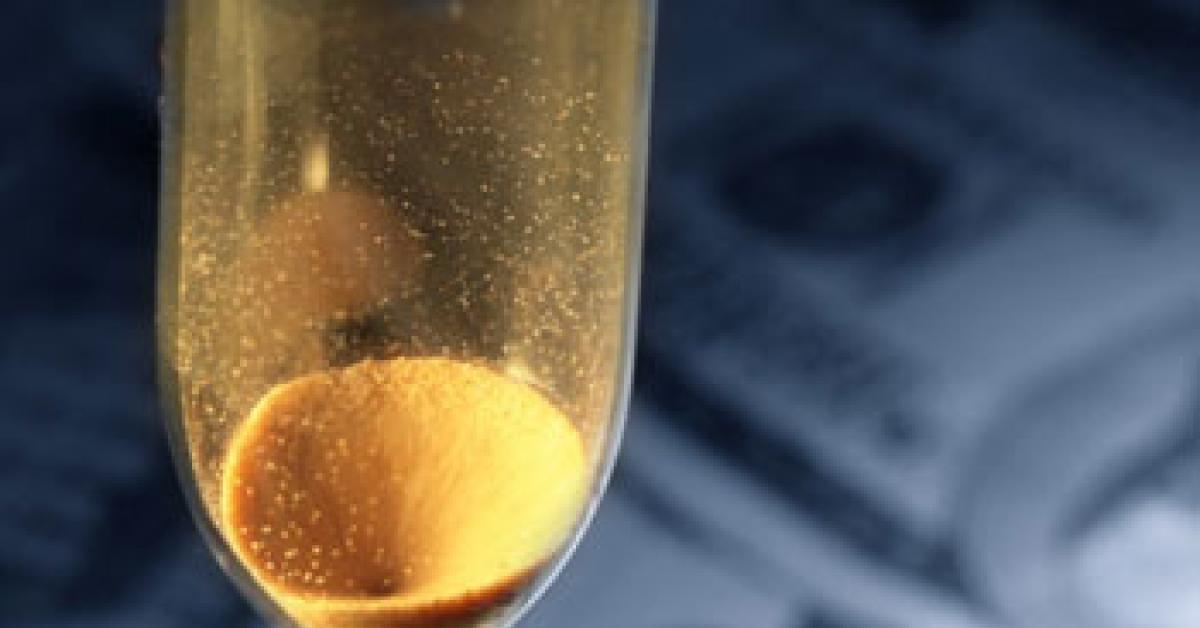ARDMORE, Pa. — Thanks to the 100% “bonus” depreciation write-offs created by the Tax Relief, Unemployment Insurance Reauthorization and Job Creation Act of 2010, many dry cleaning businesses are discovering that capital investments in equipment, machinery and other business assets are more affordable today than ever before. Remember, however, the 100% bonus depreciation write-off is available only for qualifying purchases made by dry cleaning plants and businesses in 2011.
Those dry cleaners that have hesitated or postponed making capital investments because of the recent economic downturn might now want to consider how the combined use of incentives and the 100% bonus depreciation can substantially reduce the cost of capital investments. Even funding those new-equipment purchases is easier—at least for a while.
BONUS WRITE-OFF BACKGROUND
Bonus depreciation was originally created in 2002 as a temporary economic incentive by which companies could immediately deduct 30% of the basis of qualifying assets that were placed in service after September 10, 2001, and before January 1, 2005. An increase in the percentage of the deduction in 2003 to 50% expired in 2005. Reintroduced by lawmakers in 2008, bonus depreciation has subsequently been extended three times.
Although the concept of taking the additional depreciation in the first year is quite simple, changes to the applicable percentage, timeframes during which each is available, and variations related to unique types of assets that qualify have made application of the rules somewhat complex.
The definition of property that is eligible for bonus depreciation under the 2010 Tax Relief Act is the same as under prior law, but the percentage and placed-in-service dates have changed. The percentage increased from 50% to 100% for qualifying property placed in service after September 8, 2010, and before January 1, 2012. Those dry cleaners and laundries investing in qualifying assets will be able to fully deduct the cost during the current tax year. This will reduce taxable income and taxes paid, resulting in an increase in cash flow that can be reinvested in the business.
EXPENSING WRITE-OFFS
Last fall’s Small Business Jobs Act increased the Section 179, first-year expensing dollar and investment limits to $500,000 and $2 million, respectively, for 2010 and 2011. The Tax Relief Act included a $125,000 dollar limit and a $500,000 investment limit for tax years beginning in 2012 and expiring after December 31, 2012.
Unlike bonus depreciation that applies only to “new” property, a dry cleaning business may immediately deduct as a Section 179 expense, up to $500,000 of both new and used business property placed in service during the tax year. The Section 179 expensing write-off is reduced, dollar for dollar, by any property acquisitions in excess of the $2 million investment ceiling, limiting the write-off to smaller businesses.
EXTENDING LEASED PROPERTY AND OTHER WRITE-OFFS
Before passage of the Tax Relief Act, qualified improvements made to leased property, qualified restaurant property and qualified improvements to retail property that was placed in service before 2010 was included in the 15-year MACRS (Modified Accelerated Cost Recovery System) class for depreciation purposes—that is, those expenditures could be depreciated over 15 years under the MACRS standardized depreciation system.
The 2010 Tax Relief Act retroactively extended the inclusion of qualified leasehold improvement property, qualified restaurant property and qualified retail improvement property in the 15-year MACRS class for two years through 2011.
LAYERING OPPORTUNITY
It is not only federal tax write-offs that can help reduce the cost of capital investments. Many dry cleaning businesses making capital investments during the 2011 tax year can also benefit from state and local credit and incentive programs. In fact, many states offer a tax credit equal to a percentage of an eligible capital investment made in that state.
Eligibility for the credit may depend on industry or particular use of the underlying asset. For example, states like Massachusetts, New Jersey and Oklahoma offer investment tax credits to manufacturing business for asset purchased that will be used exclusively in manufacturing activities. As an alternative formula, Illinois offers businesses predominantly engaged in either manufacturing or retail an investment tax credit for the purchase of all qualified purchases placed in service during the year. Best of all, the assets are not required to be used exclusively for manufacturing or retail activities.
Tomorrow: Opting out…
Have a question or comment? E-mail our editor Dave Davis at [email protected].
